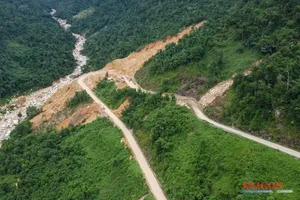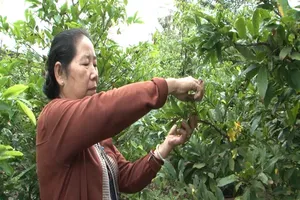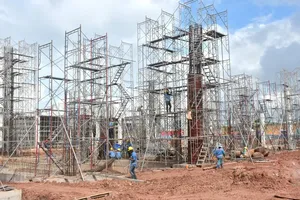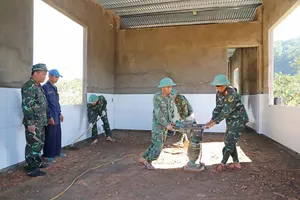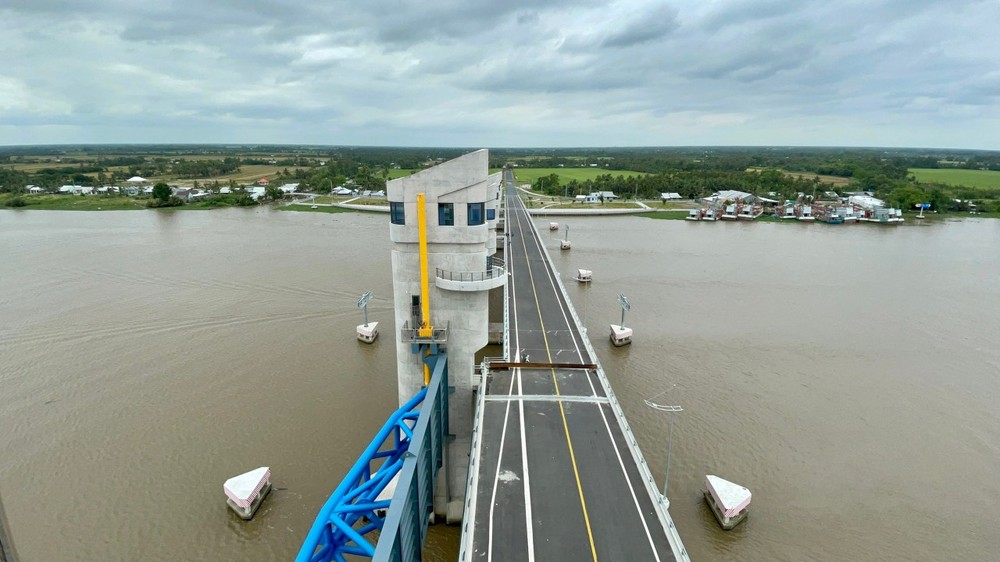
The Southern Region Hydro-meteorological Center informed that 4‰ salinity has now penetrated deep into the estuaries of the Tien River and Hau River from 45-55 kilometers and from 38-43 kilometers respectively.
As of February 21, Deputy Director of the Department of Agriculture and Rural Development of Hau Giang Province Vo Xuan Tan reported that 1.5‰ salinity has currently penetrated some areas.
Amid the situation, the agricultural sector forced to close several sluice gates to prevent saltwater intrusion in Long My District and Vi Thanh city, and has been closely monitoring the development of saltwater intrusion, thereby promptly instructing framers in the protection of their production areas.
It is forecast that in the upcoming days, the salinity in all stations is likely to be higher than the salinity in the same period in 2023 and the average of previous years.
In addition, a salinity boundary of 4‰ could intrude about 50-55 kilometers in the Tien River mouth and about 45-50 kilometers from the Hau River mouth. The damage risk due to saltwater intrusion on rivers in the Mekong Delta is at level 2.
Master Nguyen Huu Thien, an independent research expert on the ecology of the Mekong Delta, explained the rainfall-induced shortage of fresh water and increase in saline intrusion in this region during the dry season, especially a huge impact of severe El Nino phenomenon, greatly affecting production and daily life.
Notably, the Ca Mau Peninsula could face a severe freshwater shortage from early March, falling on the peak period of this year’s dry season until May.


